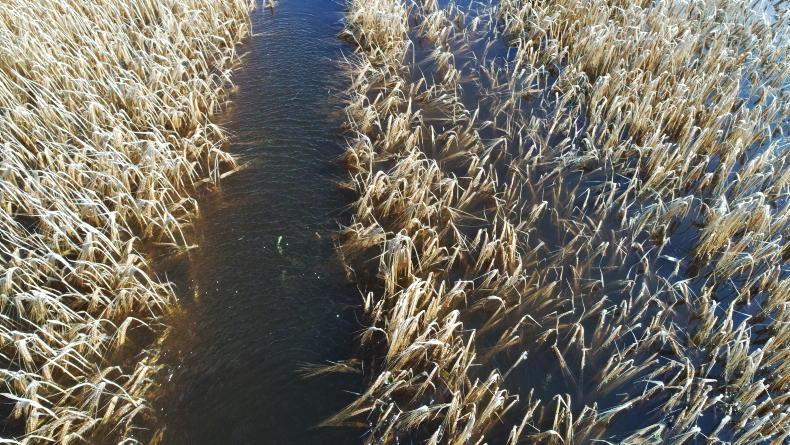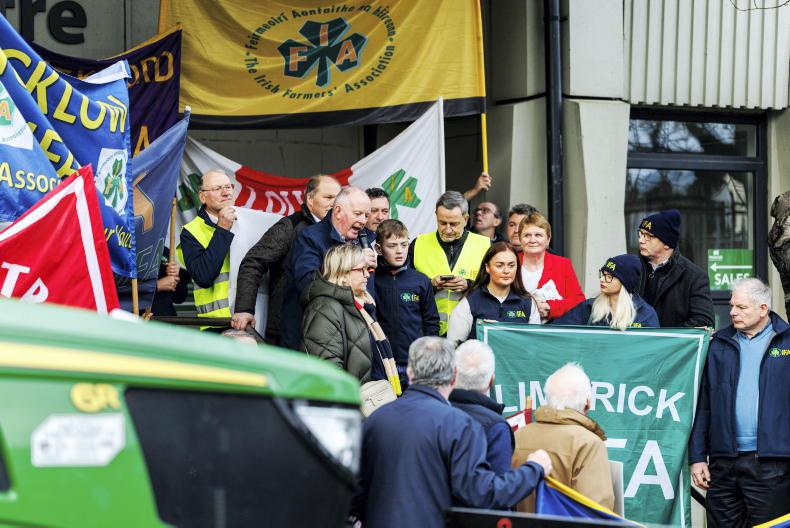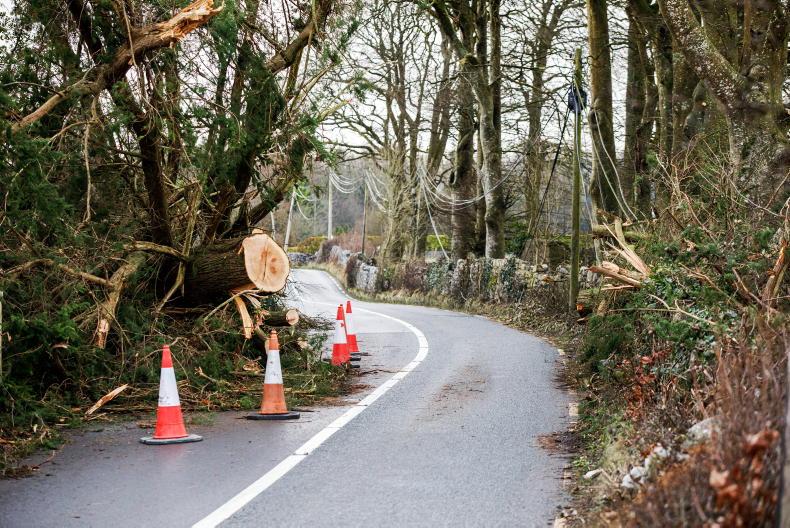Flood defences were overcome in Germany, France and Belgium in mid-July after heavy rains pushed rivers to burst their banks and spill on to surrounding plains.
Over 200 lives were lost in the devastation that followed.
Many areas affected by the flooding were submerged for days and have only begun to count the cost of the flood damage.
Farm organisations have been hesitant to push legislators on farming-specific support measures and compensation packages, as efforts are still under way to account for those missing and to fulfil the basic human needs of those worst affected.
The umbrella body overseeing European farm organisations, COPA-COGECA, said the devastation has eliminated any signs of a successful harvest in many of the flooded areas.
The body added that damaged farm infrastructure, soil erosion and ruined crop stands were the main agricultural consequences of the July floods.
In most of the areas disrupted by the damage, schemes such as those allowing the self-employed to access social insurance contributions or to be granted emergency credit have been widely used by farmers whose incomes have been affected by the disaster.
In some areas, farmers had to find emergency shelter for their animals as farms were flooded
For now, farmers have just been asked to keep photographic records of all damage as compensation packages will be rolled out in the near future.
Dairy farms
Most of the farms in the European plains that flooded in mid-July are tillage-only enterprises. Specific regions may, however, have other dominant enterprise types, such as dairying in Liege, Belgium.
The dairy farms of Liege, the Belgian province worst affected by the flooding, found particular difficulty in carrying out daily farm tasks, according to a spokesperson for the Walloon Agricultural Federation (FWA).
Electricity cuts and shortages of fresh, clean water led many dairy farmers to struggle with milkings.
Commenting on the flood damage, the spokesperson told the Irish Farmers Journal the true extent of the damage would take weeks to assess and will only begin after the humanitarian action to rehouse those who lost their homes has begun.
“In some areas, farmers had to find emergency shelter for their animals as farms were flooded,” the spokesperson explained.
“All farm types and farms in all areas were affected. In some places, the water withdrew quite quickly, after only a few hours. In other places, the crops remained under water for several days.”
In Belgium, farm organisations have negotiated an emergency derogation from animal health legislation concerning the transport of livestock between holdings.
Under the new temporary agreement, necessary movements between farms no longer compromise the recognised health status of a herd, as would have been the case previously.
Farmer action
Numerous postings to social media have shown the extent to which the local farmers mobilised to help their communities salvage belongings and return to as much normality as was possible.
Some regions less affected by the floodwaters also acted to organise the transport of fodder to flood-stricken areas through social media campaigns.
“We are very happy and proud that the farmers, even those affected by the flood, rushed with their tractors, water tanks and pumps to help the people in the nearby towns or villages, trying to save what still could be saved,” the spokesperson went on.
“As a responsible farmers’ union, we considered that estimating the damages in fields should not be seen as the first priority. Authorities currently have more urgent priorities.”










SHARING OPTIONS